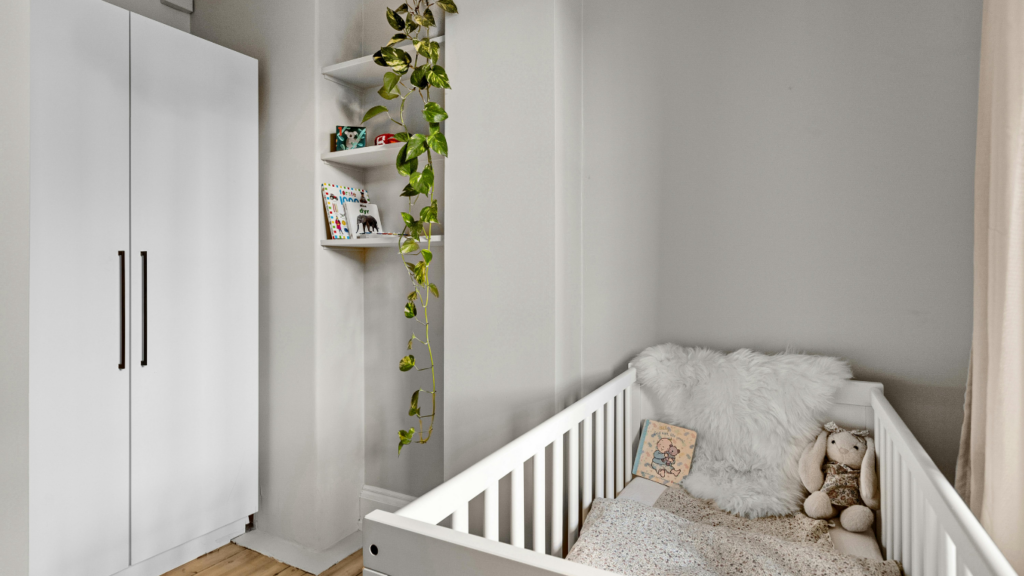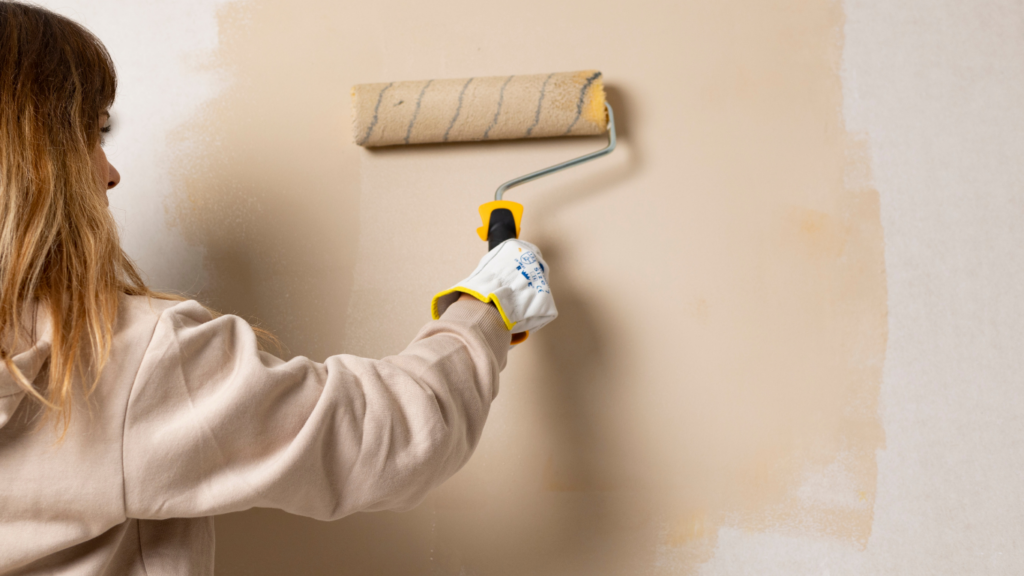Preparing for a new baby can feel overwhelming, but it doesn’t have to be. With the right nesting checklist, you can transform your home into a cozy haven for your little one. I remember the excitement and anxiety that came with getting ready for my baby’s arrival.
It’s all about creating a safe and nurturing environment while ensuring you have everything you need.
Preparing the Nursery
Creating a nursery involves careful planning to ensure a comfortable environment for both the baby and me. I focus on safety, functionality, and style to set the perfect atmosphere.
Choosing the Right Location
Selecting the nursery’s location requires consideration of noise levels, accessibility, and safety. I prioritize rooms with minimal disruptions, like away from busy areas of the home. I also ensure the location offers easy access to my bedroom for nighttime feedings and comfort.
Essential Furniture and Décor
Equipping the nursery with essential furniture and décor helps create a welcoming space. I concentrate on the following items:
- Crib: A sturdy crib meets safety standards and adjusts for my baby’s growth.
- Changing table: A designated changing table keeps supplies organized and easily accessible.
- Rocking chair: A comfortable rocking chair offers a cozy spot for soothing and bonding.
- Storage solutions: Baskets or shelves store clothing, toys, and diapers, maintaining organization.
- Soft lighting: Gentle lighting fixtures create a calming atmosphere during nighttime routines.
Carefully selecting and arranging these essentials contributes to a functional and nurturing nursery, ready for my new arrival.
Baby Essentials
Gathering baby essentials creates a well-prepared environment for the new arrival. This section outlines crucial items, starting with clothing and accessories.
Clothing and Accessories
Selecting appropriate clothing and accessories ensures comfort and practicality. Focus on these essentials:
- Onesies: Opt for 5-7 easy-to-change onesies, preferably with lap shoulders for quick dressing.
- Sleepers: Choose 3-5 sleepers for cozy nighttime wear; consider options with zippers for faster changes.
- Socks: Pack 4-6 pairs of socks to keep tiny feet warm and comfortable.
- Hats: Include 2-3 soft hats; these keep the baby’s head warm during cooler months.
- Burp cloths: Gather 5-10 burp cloths for spit-up and feeding messes.
- Swaddles: Select 2-3 swaddle blankets to aid in soothing and comforting the baby.
Feeding Supplies
Feeding supplies play a vital role in ensuring the baby’s nutrition. Stock up on the following items:
- Bottles: Purchase 4-6 bottles with slow-flow nipples for easy feeding; glass or BPA-free plastic options are preferable.
- Formula or breast pump: Decide on formula or breast pump equipment, depending on feeding preference; if breastfeeding, invest in a quality pump.
- Bottle warmer: Consider a bottle warmer to conveniently heat milk for the baby.
- Bib: Use 5-7 bibs to manage mess during feeding sessions.
- Nursing pillow: Choose a nursing pillow for added comfort and support during breastfeeding.
- Storage bags: Get breast milk storage bags if pumping; these keep milk safe and organized.
- Cleaning supplies: Stock bottle brushes and sterilizers for keeping feeding supplies clean and hygienic.
Preparing these baby essentials fosters a smoother transition into parenthood, allowing me to focus on nurturing my newborn.
Health and Safety Items
In preparing for a new baby, health and safety items play a crucial role in ensuring a secure environment. I’ve found that having the right supplies on hand minimizes risks and prepares for unexpected situations.
First Aid Kit Essentials
A well-stocked first aid kit is essential for any new parent. Key items to include are:
- Adhesive bandages: Useful for minor cuts and scrapes.
- Gauze pads and tape: Important for larger wounds.
- Antiseptic wipes: Helps clean cuts and prevents infection.
- Thermometer: An accurate digital thermometer tracks the baby’s temperature.
- Nasal aspirator: Clears nasal congestion safely.
- Infant acetaminophen: Alleviates minor pain or fever, under pediatric guidance.
- Hydrocortisone cream: Treats mild skin irritations.
Having these items readily available ensures a swift response to minor health issues that may arise.
Safety Gear for the Home
Creating a safe environment involves more than just baby-proofing. Essential safety gear includes:
- Outlet covers: Protects little fingers from electrical outlets.
- Cabinet locks: Prevents access to dangerous medications and cleaning supplies.
- Corner guards: Cushions sharp edges on furniture as the baby starts to explore.
- Gates: Limits access to stairs and other hazardous areas.
- Crib safety rail pads: Provides extra cushioning to prevent injury during sleep.
- Smoke and carbon monoxide detectors: Essential for early warnings of household dangers.
Implementing these safety measures creates a secure living space for my baby as they grow and discover their surroundings.
Organization Tips
Organizing the space before the baby arrives simplifies daily routines and enhances access to essentials. Implementing smart strategies offers a smooth transition into parenthood.
Creating a Baby Care Station
Creating a centralized baby care station streamlines the process of tending to your newborn. This station should include a changing pad with easy access to diapers, wipes, and creams.
Incorporate storage bins for clothing, blankets, and toys to keep items organized. Keep a basket for frequently-used items, like pacifiers and burp cloths. Consider placing the station in a location that allows you to manage feedings and diaper changes efficiently, especially at night.
Efficient Storage Solutions
Efficient storage solutions play a crucial role in maintaining a clutter-free environment. Utilize multi-functional furniture, such as a changing table that doubles as a dresser. Use clear storage bins for smaller items, ensuring you can quickly see contents.
Install shelves above the changing area to store supplies out of reach yet within sight. Maximize closet space with hanging organizers for clothes and accessories, keeping everything accessible. A well-organized space allows me to find what I need quickly, reducing stress during busy days.
Emotional Preparation
Preparing emotionally for a new baby is just as important as the physical preparations. This stage can bring a mix of feelings, from joy to anxiety, making it essential to prioritize mental well-being.
Mental Health Considerations
Prioritizing mental health during pregnancy often helps me navigate the emotional rollercoaster. Stress, anxiety, and mood swings can arise, so maintaining a healthy routine proves beneficial.
Activities like regular exercise, meditation, and sufficient sleep support emotional balance. Seeking professional help, such as therapy, remains an option if overwhelming feelings arise. Joining prenatal classes provides social interaction and education, creating a sense of community and shared experiences with other expectant parents.
Building a Support System
Establishing a solid support system eases the emotional transition to parenthood. I connect with family and friends who can offer both physical and emotional assistance. Informing loved ones about my needs ensures they understand how best to help.
Engaging with parenting groups, both online and in-person, allows me to share experiences, seek advice, and form valuable friendships. Consistent communication with my partner also strengthens our bond as we navigate this journey together.



